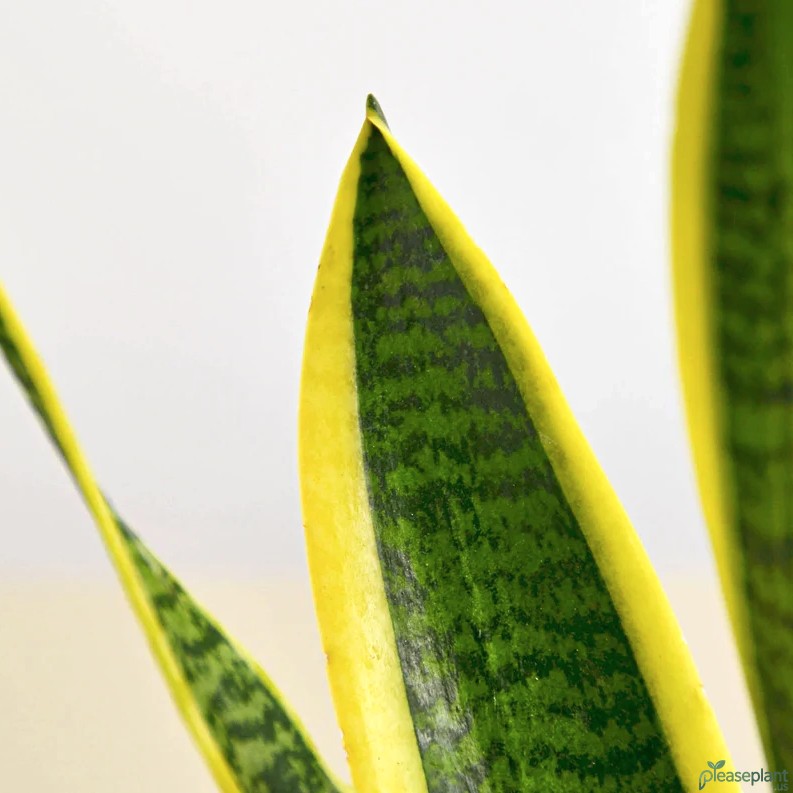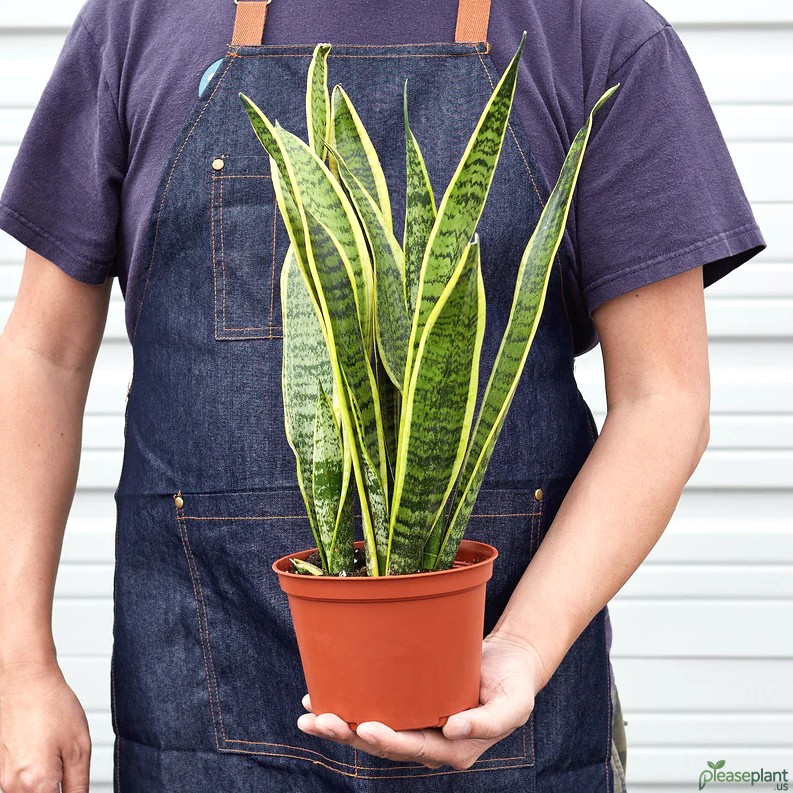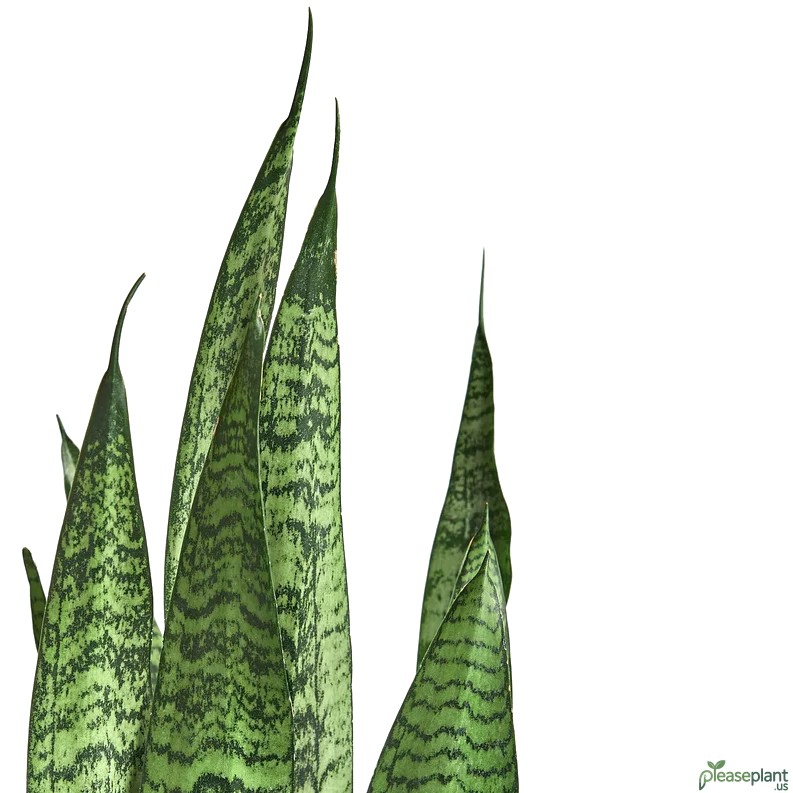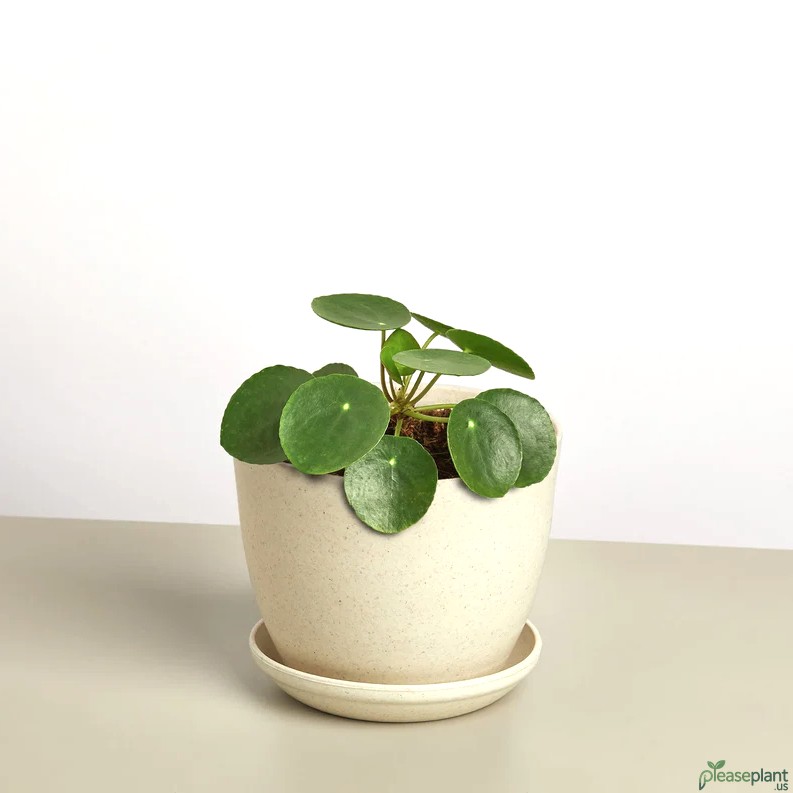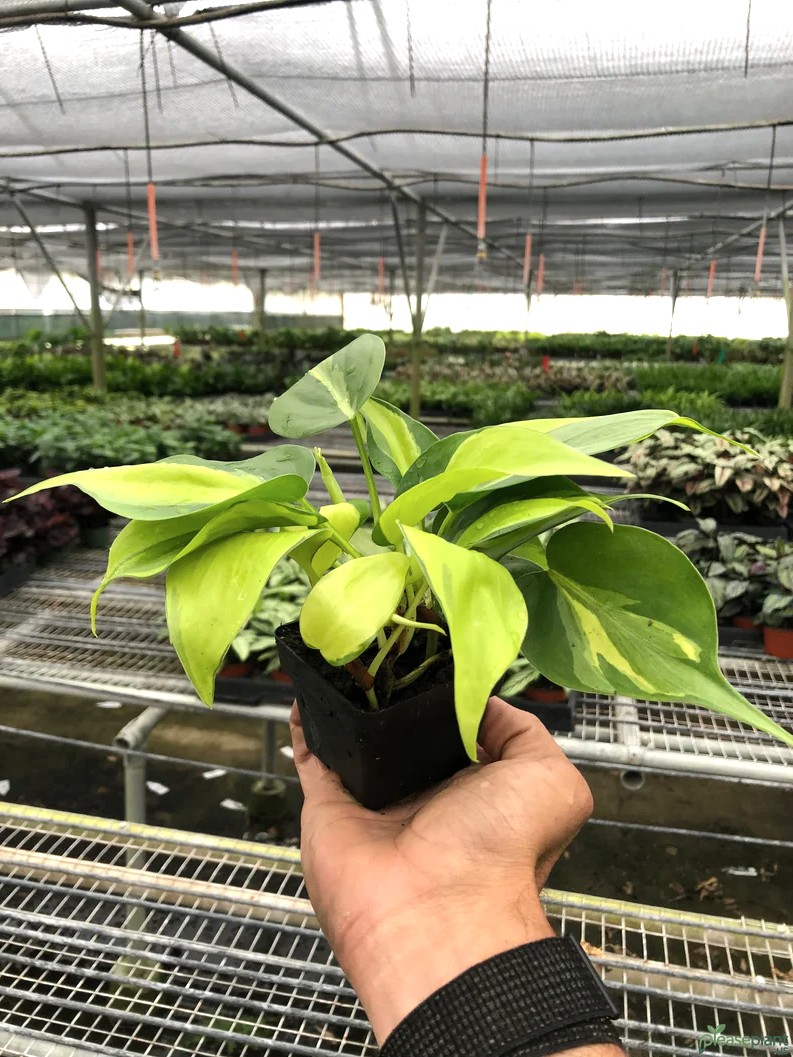If you've ever wondered whether the Snake Plant Laurentii can survive in those dimly lit spots of your apartment, you're not alone. This tough houseplant is famous for its ability to thrive with minimal light, making it a favorite among beginners and busy plant parents alike. But let's dig a bit deeper into its light needs, because not all low-light is equal, and knowing what suits your plant can make all the difference between a happy green friend and a sad, droopy leaf.
Let Me Tell You About the Snake Plant Laurentii's Reputation
People rave about the Snake Plant Laurentii like it's the superhero of houseplants. And honestly, it kind of is. I remember my first attempt with one tucked away in a dark hallway that barely saw a glimpse of sunlight. To my surprise, it wasn’t just surviving; it was thriving. This snake plant is known for its tolerance to low-light conditions, which makes it perfect for spots in your home where other plants would throw in the towel. But don't get me wrong, low-light doesn’t mean no light at all. That’s where many folks slip up.
Understanding light requirements for Your Snake Plant Laurentii
The Snake Plant Laurentii prefers indirect light but can tolerate low-light environments better than most. Think of it like a cat that enjoys a sunny windowsill but can also nap comfortably in the shade. If your plant is in a spot that gets a few hours of indirect light daily, congrats, you're in a good zone. However, if it’s in total darkness or a dim corner with no natural light whatsoever, it might struggle over time, showing signs like slow growth or pale leaves.
How to Spot When Your Plant Needs More Light
I once ignored the subtle signals from my snake plant thinking it was just being lazy. Turns out, the leaves started losing their vibrant yellow edges and looked a bit sad. That’s a classic sign it’s craving a bit more light. If your Snake Plant Laurentii looks dull, or if the leaves get floppy, it’s time to move it closer to a light source. But be careful, too much direct sun can scorch those beautiful leaves – it’s a delicate balance.
Thriving in Low-Light Spots: Tips From My Experience
One thing I learned is to rotate the plant every week or so. This little trick ensures all sides get their fair share of light, even if it’s minimal. Also, avoid watering it too much in low-light areas; since growth slows down, the plant uses less water and can easily develop root rot if the soil stays soggy. Lastly, dust those leaves occasionally – it helps the plant absorb whatever light there is more efficiently.
Can You Use artificial light for Snake Plant Laurentii?
Absolutely! In my dimly lit office, I installed a small LED grow light above my snake plant. It’s not fancy or expensive, just enough to keep it happy during the long winter months when natural light is scarce. If you choose this route, aim for 12-14 hours of light daily but make sure the light isn’t too intense. The snake plant is tough, but it’s not a fan of harsh spotlights.
When Low-Light Just Isn’t Enough
While the Snake Plant Laurentii is a champ at handling low-light, it’s not a magic wand. If you notice your plant is losing its color or just not growing for months, reassess your lighting situation. Sometimes, relocating it near a bright window or supplementing with artificial light is the key. Remember, a happy snake plant is a vibrant one, so don’t be afraid to experiment a bit to find its sweet spot.

